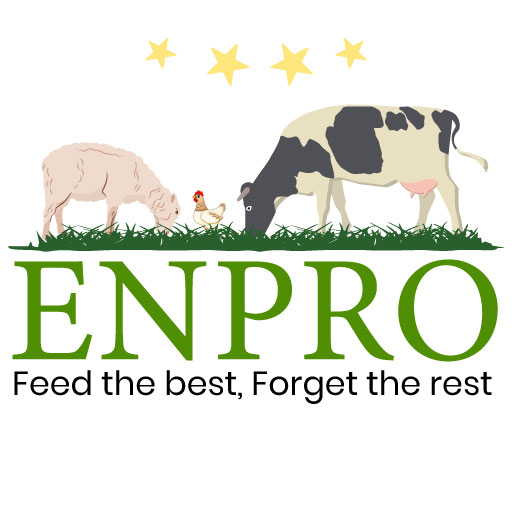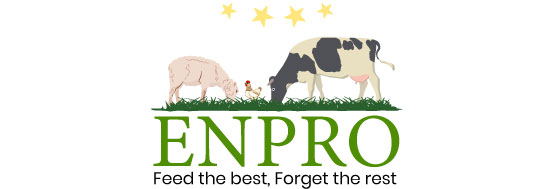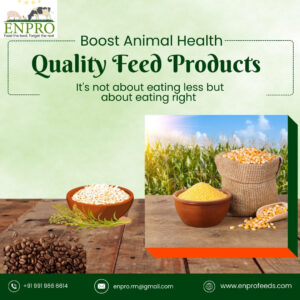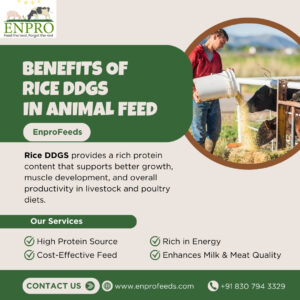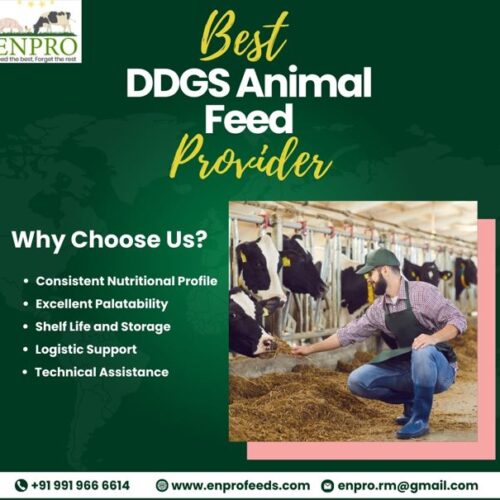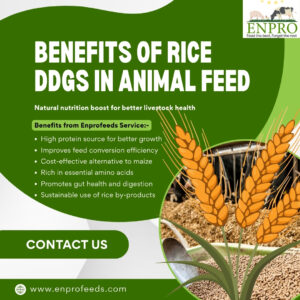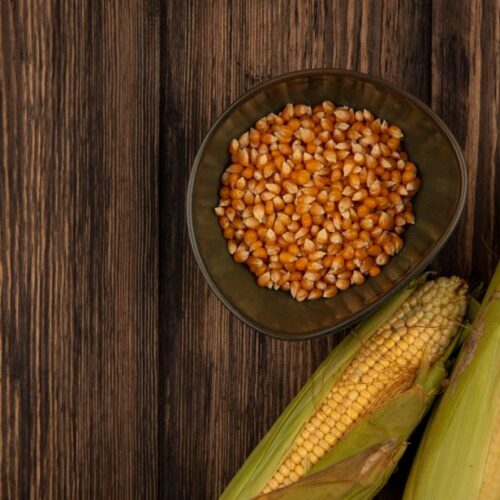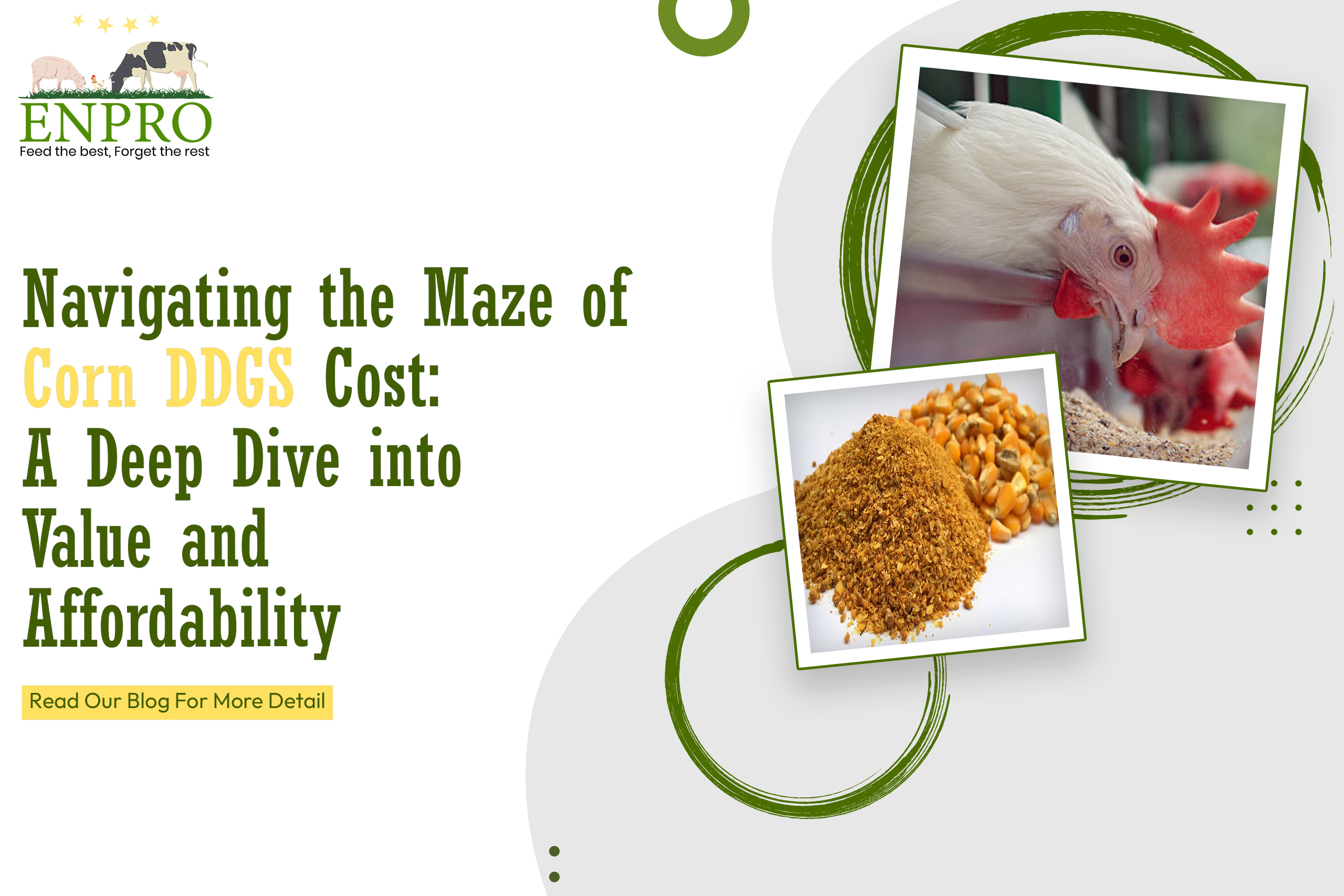
In the ever-evolving landscape of animal feed and livestock nutrition, one term that has gained prominence is “Corn DDGS” – Distillers Dried Grains with Solubles. Farmers and feed manufacturers alike are constantly seeking cost-effective yet high-quality alternatives to traditional feed ingredients. In this blog post, we’ll unravel the intricacies maze of Corn DDGS cost and explore its significance in the agricultural sector.
Understanding Corn DDGS:
Corn DDGS is a byproduct of the ethanol production process, rich in protein, fiber, and energy. As a feed ingredient, it has garnered attention for its nutritional profile, offering a sustainable alternative to traditional grains. However, the decision to incorporate Corn DDGS into animal diets often hinges on its cost-effectiveness.
Factors Influencing Corn DDGS Cost:
- Ethanol Market Dynamics: The cost of Corn DDGS is closely tied to the ethanol industry. As ethanol production fluctuates based on market demand and regulatory factors, so does the availability and pricing of Corn DDGS.
- Corn Prices: Since Corn DDGS is a byproduct of corn ethanol, the cost of raw corn plays a pivotal role. Fluctuations in corn prices directly impact the overall cost of Corn DDGS, making it susceptible to market volatility.
- Transportation Costs: The geographical location of ethanol plants influences transportation costs. Farms or feed manufacturers closer to production facilities may enjoy lower transportation expenses, affecting the overall affordability of Corn DDGS.
- Quality and Composition: Not all Corn DDGS is created equal. Variations in production processes and source materials can result in differences in nutritional content. While higher-quality DDGS may come at a slightly higher cost, its nutritional value often justifies the expense.
The Economics of Corn DDGS:
- Cost-Effective Protein Source: Corn DDGS stands out as an economical source of protein, offering a viable alternative to soybean meal and other conventional protein supplements. Livestock producers can leverage this to optimize their feed formulations without compromising on nutritional quality.
- Energy Efficiency: With its rich energy content, Corn DDGS contributes to the overall energy density of animal feed. This not only enhances the feed’s nutritional value but also promotes energy efficiency in livestock production.
- Balancing Act: The key to maximizing the value of Corn DDGS lies in striking a balance between cost and nutritional benefits. Feed formulation should consider the overall dietary requirements of the animals and the economic feasibility of incorporating Corn DDGS.
Conclusion:
In the intricate world of agriculture, the exploration of Corn DDGS cost is not merely a financial consideration but a strategic move towards sustainable and efficient livestock production. As farmers and feed manufacturers navigate the maze of pricing dynamics, understanding the factors influencing Corn DDGS cost is crucial for making informed decisions that align with both economic and nutritional goals. In the quest for affordable yet high-quality animal feed, Corn DDGS emerges as a beacon of value, offering a path towards a more sustainable and cost-effective future in agriculture.
